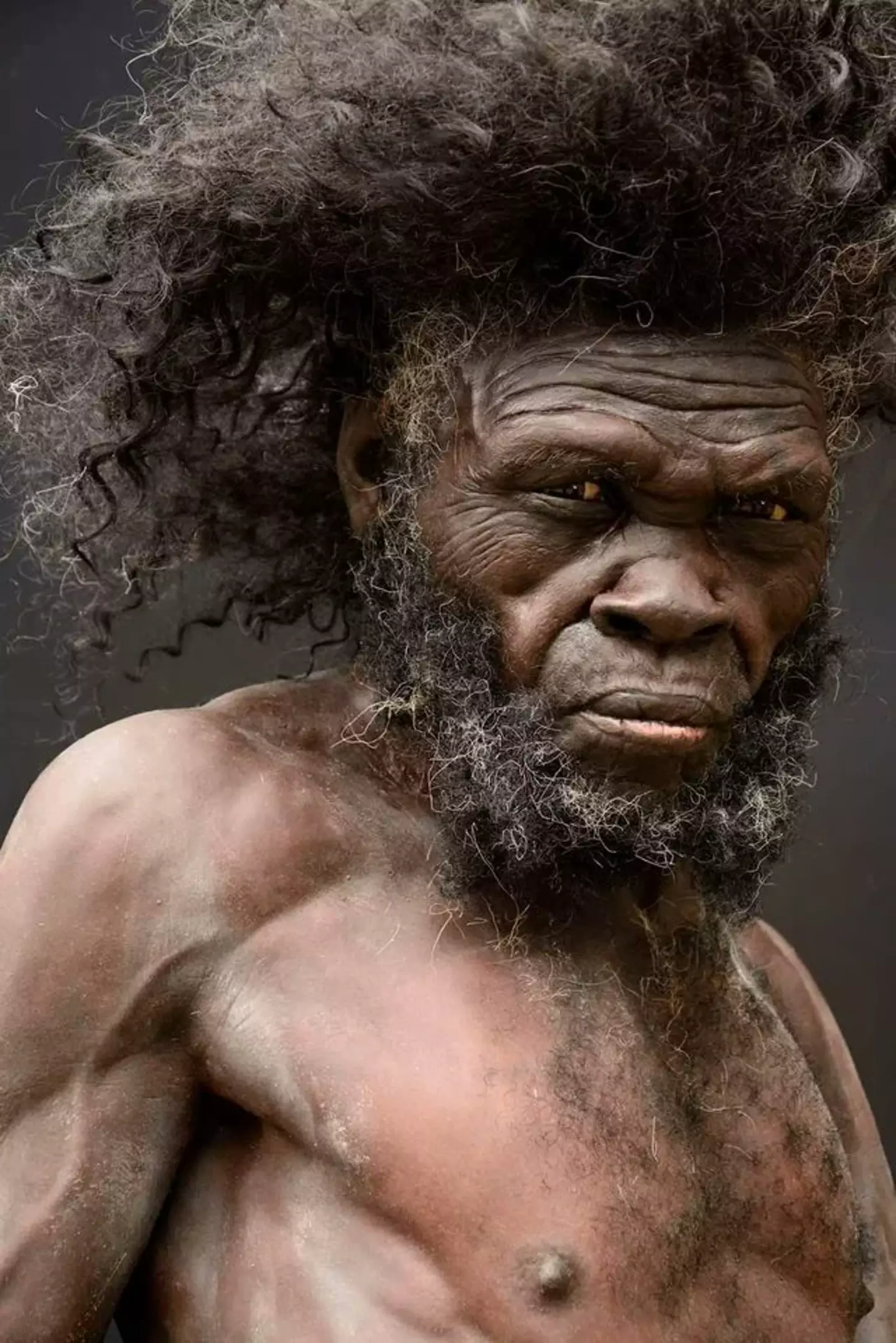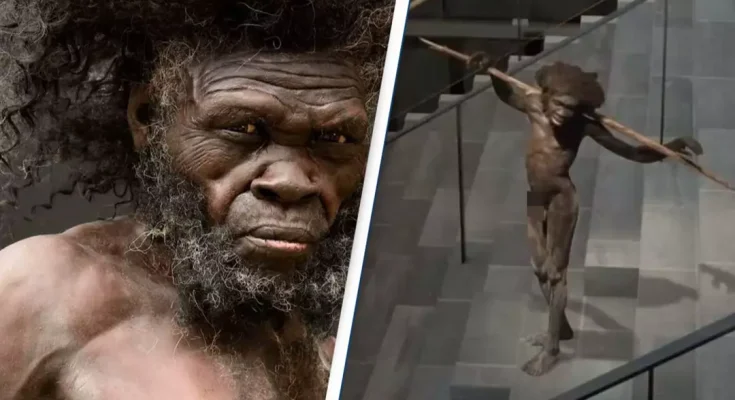A video demonstrates what the first humans may have looked like, and it doesn’t look far off modern-day man
It’s crazy to think that that everybody on this planet descended from the same two people.
We’ve all come from something, but I won’t get into all that.
What I will talk about is the Danish museum’s recreation of what they believe the first man looked like… and they look pretty similar to modern-day man, in my opinion anyway.
Before we get into Moesgaard Museum’s creation, let’s talk a little bit about the human history and beyond.
You’ve probably heard about ‘Lucy’, the mother of mankind. She is estimated to have lived around 3.2 million years ago, and her remains were happened upon by Professor Donald Johanson alongside his student Tom Gray while searching a maze of ravines in Hadar, northern Ethiopia.
The anthropologist’s find in 1974 turned out to be the most remarkable discovery in the history of mankind.
Lucy was very similar to the modern-day chimpanzee; she had a small brain and long arms among other features, but what was striking is that she walked on two legs.
Then 10 years later, in 1984, another incredible discovery was unearthed named ‘Turkana Boy’.
The specimen is believed to have lived roughly 1.5 million years ago, and is part of the Homo egaster family, an archaic species of human.
Believed to be around eight years old, he was discovered near Lake Turkana, Kenya, on the bank of the Nariokotome River by palaeontologist Kamoya Kimeu.
The Turkana boy had almost a complete skeleton.

The recreation looks strikingly similar to modern man, despite the fact he is believed to have lived 160,000 years ago (Moesgaard Museum)
Speaking about the exhibition on its website, Moesgaard Museum’s description read: “On your way to the prehistory exhibitions, you descend the stairway of evolution. Here you will meet your prehistoric family: Seven reconstructed human species will look on as you walk down the stairs.
“In cooperation with the Centre for Biocultural History at Aarhus University and the World famous Dutch Kennis brothers, Moesgaard Museum has created a unique collection of seven reconstructed homines, i.e. human species.
“From the 3.2 million year-old Lucy, who was found in Ethiopia, to the Koelbjerg Man, who lived in the Stone Age and is the oldest skeleton found in Denmark.”
Shocked at the extreme detail, one person took to Twitter to post: “This fascinating reconstruction gives us a glimpse into the appearance of early modern humans.
“With their unique features shaped by adaptation and environment, they reflect the diversity of our ancestors. It’s intriguing to think about how much they might have shared in terms of culture and social structures!”
Natural history is incredible, and something I simply can’t fathom is how these geniuses know so much about what walked the Earth before us.



